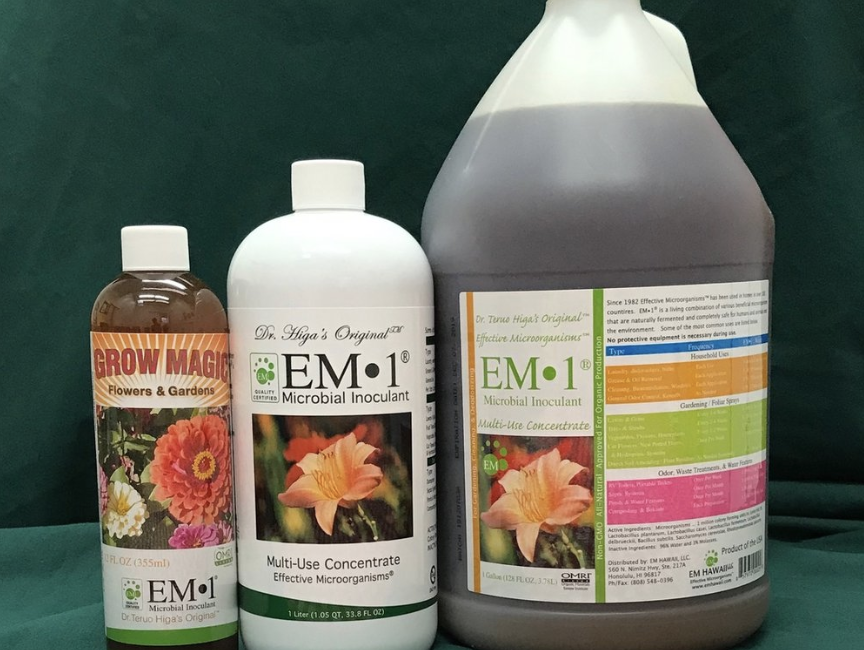Lactic Acid Bacteria
(Lactobacillus app)
“Ferment organic matter and produce organic acids that inhibit pathogens. Used to make yogurt and pickles.”
Lactic Acid bacteria produce lactic acid from sugars and other carbohydrates produced by Phototrophic bacteria and yeast. Some foods and drinks, such as yogurt and pickles, have been made by using Lactic acid bacteria since ancient times. This reflected the fact that Lactic Acid bacteria is a strong sterilizer. It suppresses harmful microorganisms and promotes a rapid decomposition of organic matter. Moreover, Lactic Acid bacteria decompose organic substances such as lignin and cellulose, which are hard to decompose, and ferment them, thereby removing undesirable effects of un-decomposed organic matter.
Lactic Acid bacteria also can suppress the multiplication of Fusarium, a harmful microbe that causes disease in continuous cropping. Generally, an increased population of Fusarium weakens plants, resulting in a sudden increase in harmful nematodes. As Lactic Acid bacteria reduce the population and activity of Fusarium, harmful nematodes also gradually disappear.
Yeasts
(Saccharomyces spp)
“Ferment organic matter and produce hormones and enzymes. Used to make bread, beer, and wine”
Through their fermenting activities, Yeasts produce useful substances for plants from the secretion of plant roots, amino acids, and sugars produced by Phototrophic Bacteria, and other organic substances in soil. Especially, bioactive substances produced by Yeasts, such as hormones and enzymes, promote active cell and root division. They also produce useful substrates for other beneficial microorganisms, such as Lactic Acid bacteria and actinomycetes, to multiply.
Phototrophic Bacteria
(Rodopsedumonas spp)
“Help maintain the balance with other beneficial microorganisms allowing them to co-exist and work together ”
Phototrophic bacteria are a group of independent self-supporting microorganisms. They synthesize useful substances from the secretion of roots, organic matter, and/or harmful gases, for example, hydrogen sulfide, by using sunlight and the heat of soil as sources of energy. The useful substances produced by the Phototrophic bacteria include amid acids, nucleic acids, bioactive substances, and sugar, all of which promote plant growth and development.
These metabolites are directly absorbed into plants, and also act as substrates for other beneficial microorganisms to multiply. For example, VA (vesicular-arbuscular) mycorrhizae in the rhizosphere increase feeding on nitrogen compounds (amino acids) secreted by Phototrophic bacteria. The VA mycorrhizae increase the solubility of phosphorus, which cannot be absorbed by the plant roots. VA mycorrhizae can also coexist with Azotobacter, and enhance their capacity to fix nitrogen.













